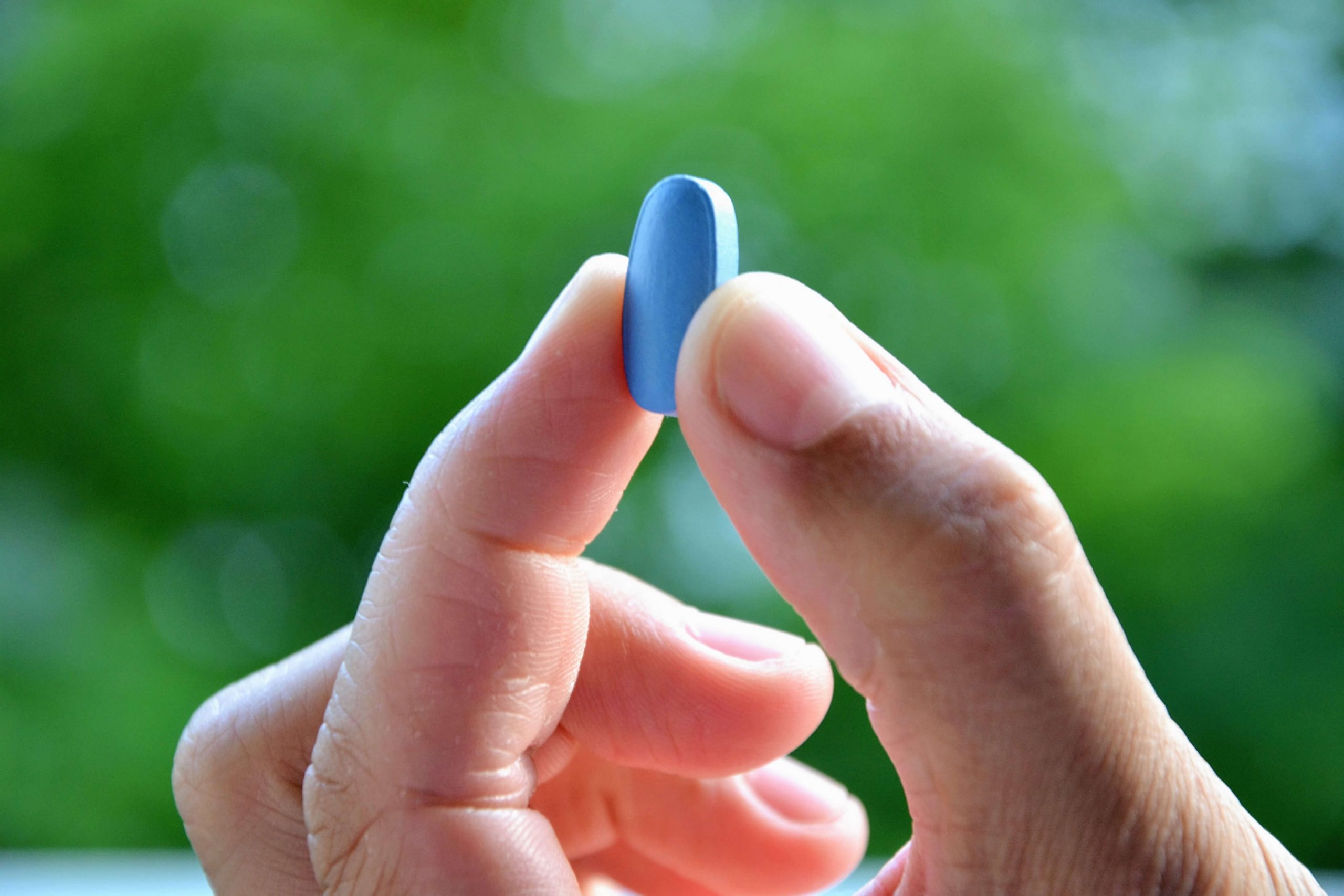- Introduction: More Than Just a Blue Pill
- Medical Context and Background
- How Viagra Works
- Beyond Erectile Dysfunction
- Dosage and Administration
- Side Effects and Safety Profile
- Psychological and Lifestyle Aspects
- Comparison with Other PDE5 Inhibitors
- Research and Emerging Trends
- Real-World Considerations
- Conclusion
Introduction: More Than Just a Blue Pill
When Viagra entered the market in 1998, it was not simply the launch of a new prescription drug—it was a cultural and medical milestone that reshaped the way men and their partners talk about sexual health. Originally developed for heart-related conditions, sildenafil citrate quickly proved to be far more effective in an unexpected domain: restoring erectile function. This shift not only revolutionized treatment options but also helped dismantle decades of stigma surrounding erectile dysfunction (ED). For millions, Viagra became more than a pill—it became a symbol of control, intimacy, and renewed confidence. Understanding how this medication works, its benefits, risks, and evolving place in medical research can help patients and healthcare professionals make informed, responsible decisions.
Medical Context and Background
Sildenafil’s story began in the late 1980s when researchers at Pfizer were investigating new treatments for angina pectoris, a form of chest pain caused by reduced blood flow to the heart. During early trials, the drug’s effect on coronary circulation was modest, but patients consistently reported improved erections as a notable side effect. This unexpected observation changed the trajectory of the research. By 1998, after rigorous clinical testing, the U.S. Food and Drug Administration (FDA) approved Viagra as the first oral therapy for ED. The approval marked a breakthrough, as it offered a non-invasive, reliable option for a condition that had previously been addressed with pumps, injections, or surgical implants. Viagra belongs to the pharmacological class of phosphodiesterase type 5 (PDE5) inhibitors, drugs that work by relaxing smooth muscle tissue and improving blood flow in targeted areas. It is now recognized as a first-line treatment in the American Urological Association guidelines for ED, typically prescribed after lifestyle modification advice and evaluation for underlying causes like diabetes, hypertension, hormonal imbalance, or cardiovascular disease.
How Viagra Works
To appreciate Viagra’s mechanism, it’s important to understand the physiology of an erection. Sexual stimulation—whether physical or psychological—triggers the release of nitric oxide (NO) from nerve endings in the penis. This molecule activates the enzyme guanylate cyclase, increasing levels of cyclic guanosine monophosphate (cGMP). Elevated cGMP levels cause smooth muscle fibers in the penile arteries and the spongy tissue of the corpora cavernosa to relax, allowing a surge of blood into the erectile tissue. As the tissue fills and compresses the veins that normally drain blood from the penis, rigidity is achieved and maintained. PDE5 is the enzyme responsible for breaking down cGMP, effectively ending the erection. Sildenafil selectively inhibits PDE5, prolonging cGMP activity and sustaining the erectile response. The drug does not cause arousal itself; sexual stimulation is still necessary to initiate the nitric oxide release that starts the process. Onset of action typically occurs within 30 to 60 minutes, with peak concentration at about one hour, and effects can last up to four hours. High-fat meals can slow absorption and delay onset, which is why many healthcare providers suggest taking it on an empty stomach for faster results.
Beyond Erectile Dysfunction
While Viagra’s public image is closely tied to sexual health, sildenafil is also used in other medical contexts. One of the most significant is pulmonary arterial hypertension (PAH), a condition characterized by high blood pressure in the arteries of the lungs, which can strain the heart. Under the brand name Revatio, sildenafil is prescribed to relax pulmonary blood vessels, reduce resistance, and improve exercise tolerance. Off-label research has explored its role in treating Raynaud’s phenomenon—a circulatory disorder causing extremities to feel cold and numb—by improving peripheral blood flow. Other experimental uses include reducing symptoms of altitude sickness, alleviating certain types of heart failure, and supporting recovery in some vascular conditions. While these applications are not all FDA-approved, they highlight sildenafil’s versatile vascular effects.
Dosage and Administration
For ED, the typical starting dose is 50 mg, taken approximately one hour before anticipated sexual activity. Depending on response and side effects, the dose may be adjusted to as low as 25 mg or as high as 100 mg, but it should not be taken more than once per day. In elderly patients, those with severe kidney or liver impairment, or individuals taking potent CYP3A4 inhibitors such as certain antifungal medications or protease inhibitors, lower starting doses are recommended to avoid excessive drug accumulation. Viagra should be swallowed with water, ideally on an empty stomach for faster absorption. Importantly, it is not an aphrodisiac—sexual stimulation is still required. Patients should never use Viagra in combination with nitrates (often prescribed for chest pain) or recreational drugs known as “poppers,” as the interaction can cause a dangerous drop in blood pressure. Caution is also advised with certain alpha-blockers used for prostate enlargement or hypertension.
Side Effects and Safety Profile
Like all medications, Viagra has potential side effects. The most common include headache, facial flushing, nasal congestion, indigestion, and mild, temporary changes in vision such as a bluish tint or increased sensitivity to light. These effects are generally short-lived and dose-dependent. Rare but serious risks include priapism (an erection lasting more than four hours, which can damage tissue if untreated), sudden loss of vision due to non-arteritic anterior ischemic optic neuropathy (NAION), and sudden hearing loss. Cardiovascular safety is a common concern, but numerous studies have confirmed that Viagra is well tolerated in men with stable heart disease who are physically fit for sexual activity. However, it should not be used by those with recent myocardial infarction, stroke, severe hypotension, or unstable angina unless cleared by a cardiologist.
Psychological and Lifestyle Aspects
Erectile dysfunction often has a psychological component, with stress, anxiety, depression, and relationship issues contributing to or exacerbating the condition. For some men, simply knowing that Viagra is available reduces performance anxiety, creating a positive feedback loop that improves function even beyond the drug’s pharmacological effect. Lifestyle interventions—such as maintaining a healthy weight, exercising regularly, quitting smoking, moderating alcohol intake, and managing chronic conditions—can enhance both erectile function and the effectiveness of PDE5 inhibitors. For optimal results, Viagra is often most effective when part of a holistic approach that addresses both physical and emotional health.
Comparison with Other PDE5 Inhibitors
Sildenafil is not the only PDE5 inhibitor available. Tadalafil (Cialis) has a longer duration of action—up to 36 hours—which many find convenient for more spontaneous intimacy. It also comes in a daily low-dose form for continuous readiness. Vardenafil (Levitra) has a similar window to sildenafil but may be better tolerated by some individuals. The choice between these medications depends on patient preference, desired onset and duration, side effect profile, and cost considerations. For many, starting with sildenafil is a logical first step, as it has a long track record, abundant clinical data, and wide availability in generic form.
Research and Emerging Trends
Ongoing research is exploring ways to optimize Viagra’s use. Microdosing regimens—small, frequent doses rather than a single larger one—are being studied for maintaining erectile function while minimizing side effects. Combination therapies, such as pairing sildenafil with testosterone replacement in men with low hormone levels, are showing promise in certain populations. Low-intensity shockwave therapy, a non-invasive approach that may promote vascular regeneration, is also being tested alongside PDE5 inhibitors. New delivery methods, including sublingual films, nasal sprays, and topical gels, aim to provide faster onset and potentially fewer gastrointestinal effects. These innovations suggest that while Viagra is already a well-established medication, its role in sexual medicine will continue to evolve.
Real-World Considerations
Patient experiences with Viagra vary. For some, the results are transformative, restoring confidence and relationship satisfaction. For others, the effect is modest, and adjustments or alternative treatments may be needed. Open communication with healthcare providers—and with partners—can set realistic expectations and support safe, effective use. The availability of generic sildenafil has reduced costs significantly, but sourcing remains important; medications should always be obtained from licensed pharmacies to ensure quality and authenticity.
Conclusion
Viagra represents a turning point in the treatment of erectile dysfunction, offering an effective, convenient, and well-studied option for millions of men worldwide. Its mechanism is scientifically precise, its safety profile well-documented, and its impact—both medically and culturally—profound. While not suitable for everyone, and not a cure for all causes of ED, it remains a cornerstone therapy whose potential continues to expand through ongoing research. Used responsibly, under medical supervision, Viagra can be a valuable part of a broader strategy for sexual health and overall well-being.






